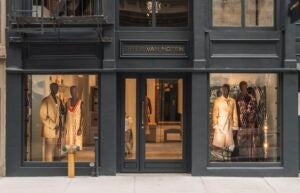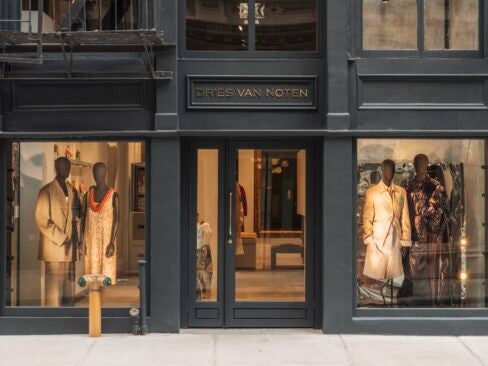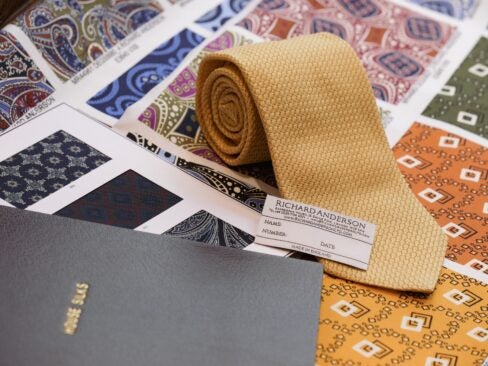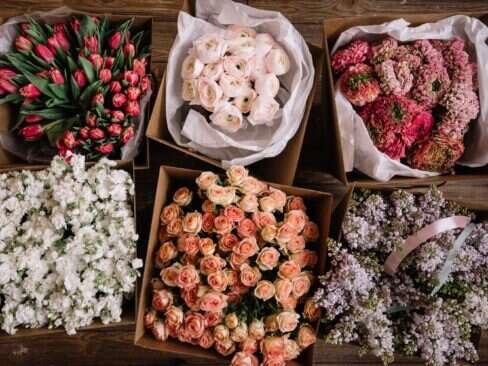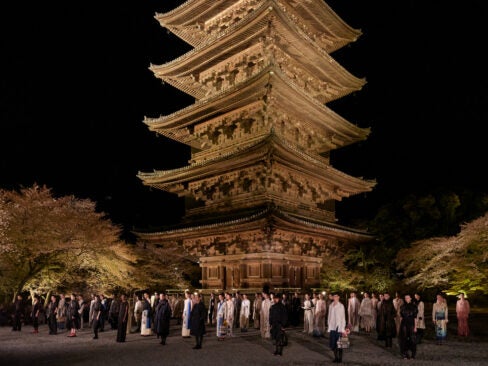BY JESSICA MICHAULT

Simplicity has its place, but ladies with tastes more ornate can adopt the illustrious trappings of old-school European nobility this season, available in sleek modern interpretations as well as opulent oeuvres fit for a queen.
The festive holiday season is the perfect moment for fashion followers to go baroque. The 17th-century style of dress was the inspiration for a number of designers who unapologetically turned their back on minimalism and sparse silhouettes in favor of rich fabrics, gilded accessories and elaborate ornamentation.
Looking back over recent collections, there were signs that a sartorial return to opulence would ensue, the biggest indicator being the continued popularity of dramatic digitally enhanced prints. Those bold patterns prepared customer’s palates for more lavish designs. This groundwork, whether premeditated or not, is paying off big for designers who took something of a leap of faith by returning to a style that would have seemed sacrilegious just a few seasons ago.
It comes as no surprise that Italian designers embraced the sumptuous style with aplomb. Leading the way were Domenico Dolce and Stefano Gabbana: The designer duo turned to Dolce’s native Sicily for inspiration, particularly the gilded world of baroque churches and religious icons. Their collection was a feast for the eyes filled with capes, dresses, tops and skirts that came festooned with three-dimensional embroidery, chunky gold beading and black lace appliqué.
It comes as no surprise that Italian designers embraced the sumptuous style with aplomb.
Not to be outdone, another pair of Italian designers, Roberto Rimondi and Tommaso Aquilano—the creative minds behind the Aquilano.Rimondi brand—also took a stroll down baroque boulevard, using the sacred jewelry of the Catholic Church as a starting point to their show. However, their take on the trend had its own flair. They employed luxe fabrics like brocades and jacquards as backdrops to structured dresses covered in a tapestry-like overlay of black velvet or leather. The use of black embellishments on jewelhued ensembles made the show look less referential than Dolce & Gabbana’s, a creative call that should give the collection a longer shelf life.
Over at Salvatore Ferragamo the baroque beat wasn’t quite as insistent, only because the fabrics were more forgiving. Black and gold lace ensembles in silks and chiffon kept things light and sophisticated. Understated was also the choice for Gucci designer Frida Giannini, who used a devoré technique on black velvet to hint subtly at a baroque background. But at Roberto Cavalli, bubble skirt dresses covered in sparkling, brightly colored beading were not only unrepentantly audacious, they also had a playful, sexy appeal.
Besides the Italians, baroque tendencies also turned up at the Balmain show in Paris, where young designer Olivier Rousteing approached the style like a kid in a candy store. Utilizing his talented haute couture-trained staff, the designer crafted densely decorated jewel box-like outfits covered in thousands of crystals and pearls. But setting Rousteing’s designs apart was the modern way in which he interpreted the elaborate inspiration, exploring the style in contemporary shapes like low-slung velvet pants and a leather turtleneck top. In fact, his youthful expression of the baroque aesthetic is perhaps the best way forward for many who want to adopt the look this season.
Instead of investing in a gold-embroidered black cape or a jacquard dress, bring baroque down a notch by wearing pants in bold brocades. Pair them with a top in a neutral hue or a contrasting finish for an ensemble both sophisticated and fresh.
WHERE TO BUY

AQUILANO.RIMONDI
BALMAIN
DOLCE & GABBANA
GUCCI
ROBERTO CAVALLI
SALVATORE FERRAGAMO
Customer Service
(212) 759-3822
www.ferragamo.com





